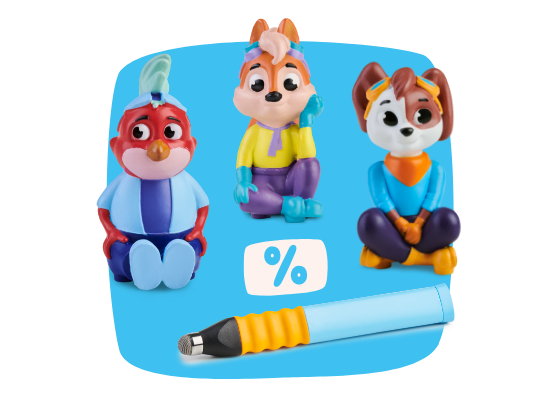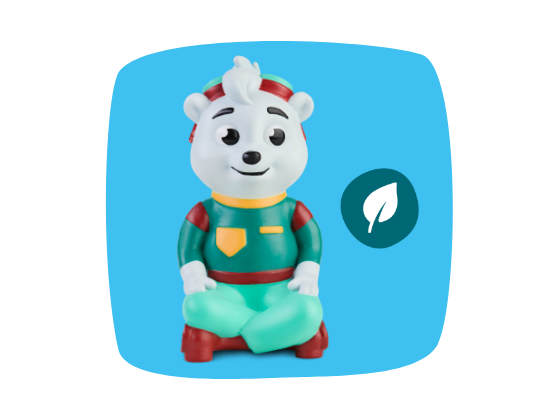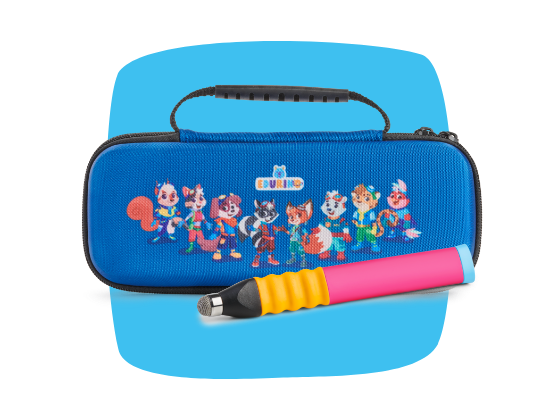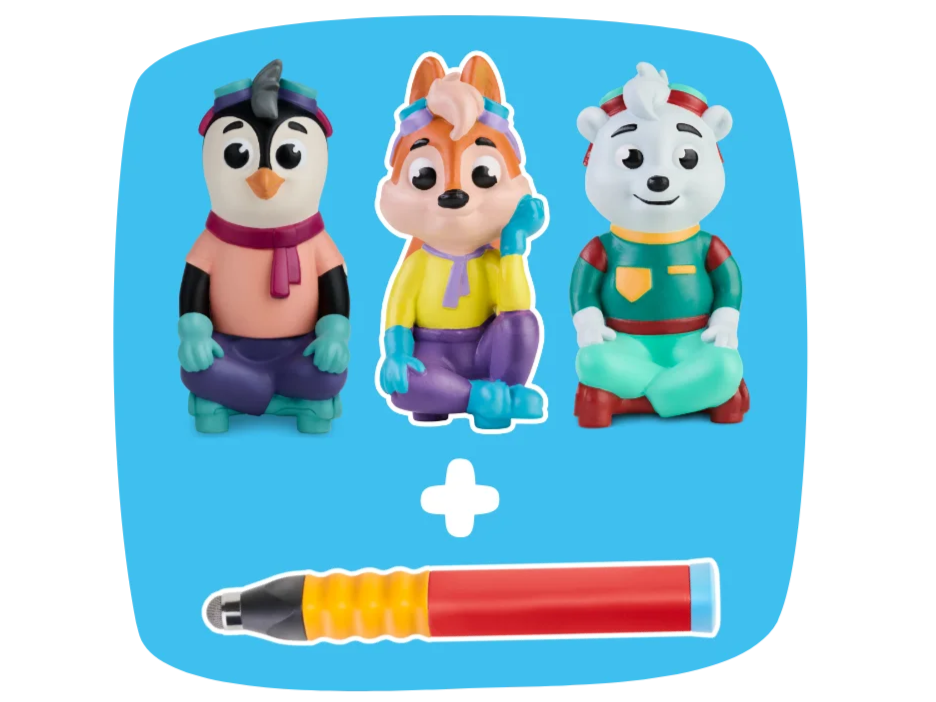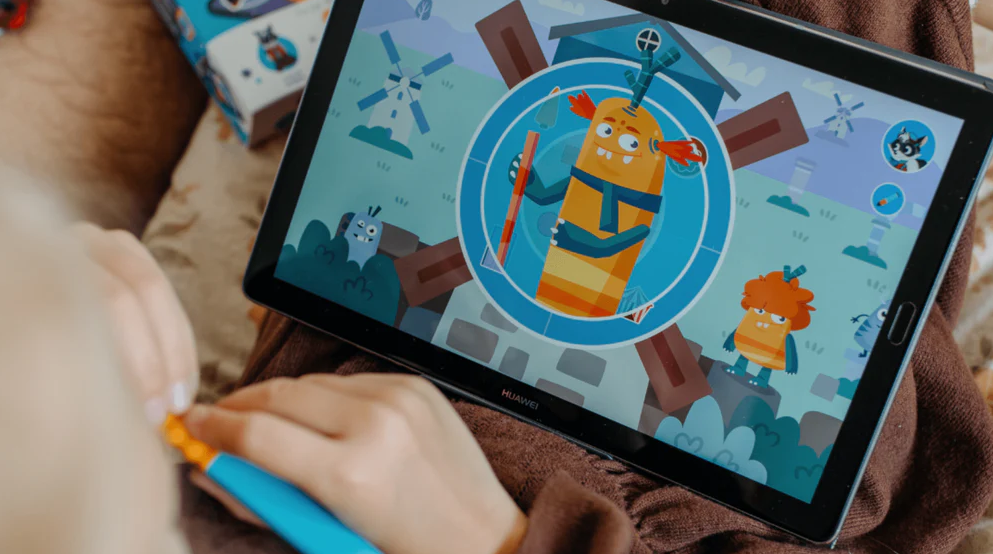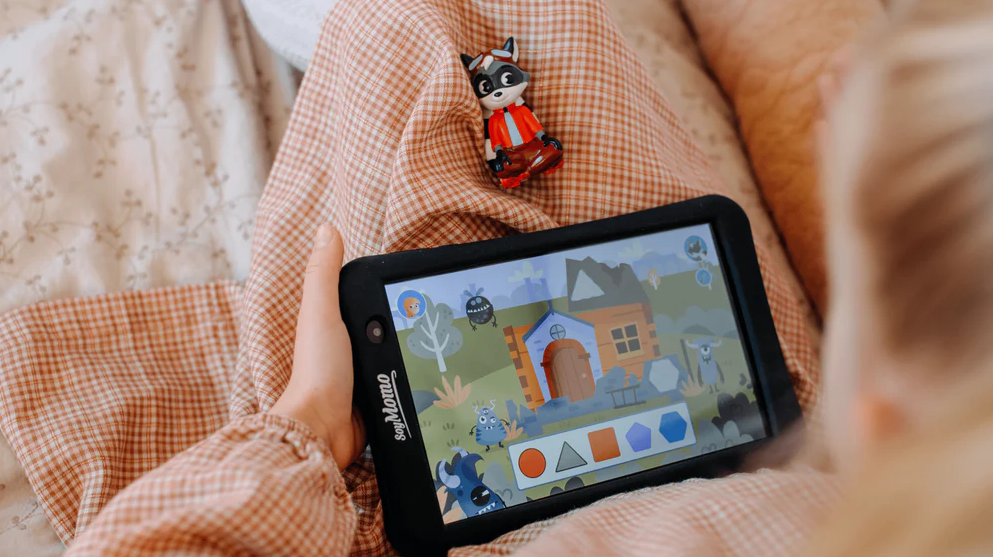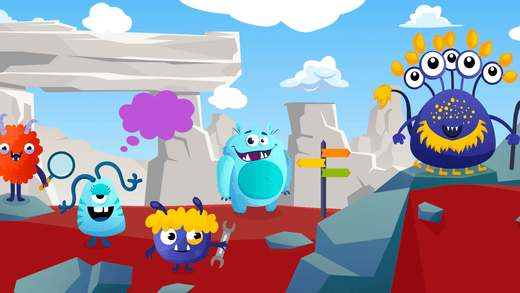We all know this situation. We take out the candy, put a few on the table, and they're snatched away in a flash by little children. What usually follows is a loud protest. Even very young children can often tell whether their big brother might have gotten more candy than they did – even if they can't yet count. In this article, we show how mathematical understanding develops in preschool.
We've already examined how our children learn to speak and write. Today, we want to look at the actual state of learning mathematical skills in preschool children. This article explores what we understand by mathematics, what development occurs in preschool children in this regard, and why it's worthwhile to encourage this early on.
What is meant by mathematics anyway?
When we talk about mathematics, we clearly don't just mean counting or calculating. Prof. Dr. Anna Susanne Steinweg, Professor of Mathematics and Computer Science Education at the University of Bamberg, defines what mathematics means: "To be mathematically active means to solve problems and be creative, to communicate and argue, to justify and verify, to organize, and to use patterns."
Children are born with the basic skills to understand quantities and shapes. For example, children who can't quite count to 10 yet still have a sense from a very early age that 100 is a very large number compared to 10. Similarly, children who can draw a triangle as the roof of a house may not yet be able to name this shape as a triangle, but they can already distinguish it from a square. Identifying quantities is also not possible at the beginning. Instead, they can distinguish between different quantities based on volume and circumference. Number words are learned only later and then associated with the different quantities. Some children can make this connection as early as the age of three, others not until five or six. The following different skills can be distinguished in the development of mathematical competence:
Innate abilities
- Differentiation of quantities (larger/smaller, more/less, longer/shorter than)
- Group assignments (what belongs together “somehow” and what doesn’t)
- Simultaneous detection of small quantities of up to four elements
Precursor skills
- Recording part-whole relationships
- Reciting numbers and counting things
- Recognizing similar things from a group of different things
- Formation of a logical order of different things (e.g. from small to large)
Cross-functional skills
- Hand-eye coordination
- Spatial orientation
- Memory and attention
- Perceptual constancy
- Figure-ground distinction
Why should mathematics skills be promoted early?
Prof. Dr. Kristin Krajewski, Professor of Psychology at the Ludwigsburg University of Education, reports on the positive impact of early childhood mathematics education on subsequent performance in elementary school: "Several long-term studies have shown that the development of these early quantity-number competencies in preschool is crucial for mathematical performance in elementary school. Children who understand before starting school that ascending numbers represent larger quantities and descending numbers represent smaller quantities have a better chance of mastering elementary school mathematics relatively easily. However, children who lack this understanding of the connection between numbers and quantities at the beginning of school are at increased risk of experiencing difficulties with arithmetic in school." When asked what role intelligence plays in this, she reports that intelligence plays only a minor role, "that is, in the long-term studies, even children with lower intellectual abilities were successful in elementary school mathematics classes if they already had an understanding of the connection between numbers and quantities at preschool age."
How can mathematical skills be promoted?
A child is curious and wants to learn and discover new things every day as they develop. Dealing with numbers also generally piques our children's interest. If we encourage our children in an age-appropriate manner, an understanding of numbers will quickly emerge. This requires neither pressure nor hours of study. The literature repeatedly emphasizes that learning mathematical skills is an individual process. Therefore, there is no linear developmental progression, and it is important to look at what each child enjoys. It is also recommended to integrate concrete, playful and sensory experiences with quantities, shapes, and sizes into everyday life. For example, while shopping in the supermarket, you can look at the different sizes of apples and compare them. When setting the table, you can count the four plates, four forks, and four knives and have them set. Staircase steps, train carriages, and animals in the zoo are also good for counting exercises. Patience is also important. Some children simply need a little longer than others, and that's perfectly fine.
We've compiled more specific exercises and games you can do with your child to practice their preschool math skills in our next blog post, " How to Make Math a Child's Play - Great Games for In-Between Times ." Check it out and let us know how your children respond!

